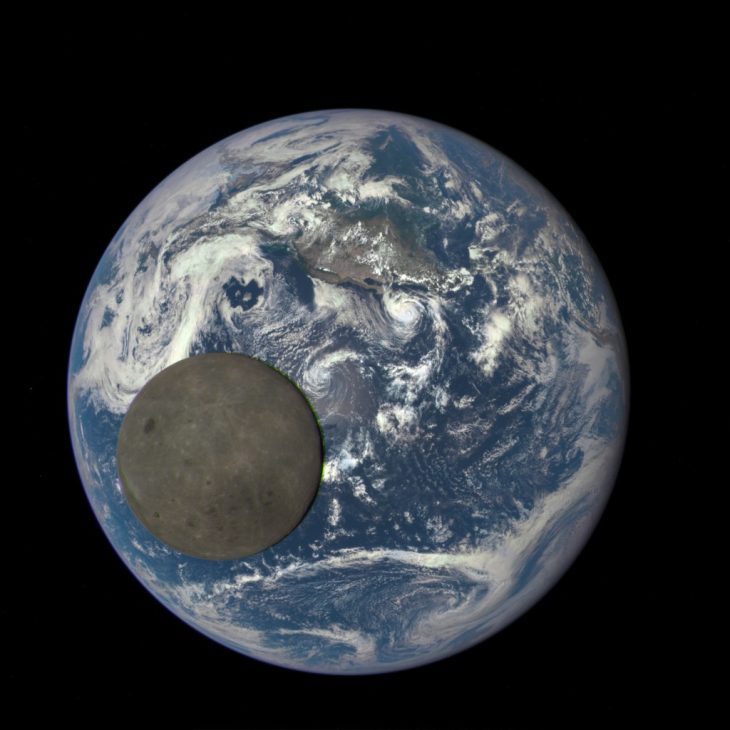As countries rush to return to the Moon with several space agencies mounting big missions, a Japanese astronomer has captured a unique event on the lunar surface.
Daichi Fujii, curator of the Hiratsuka City Museum, captured a meteor hitting the moon, triggering a brief flash on the surface. The impact was captured in February from Hiratsuka in Kanagawa Prefecture of Japan. The bright flash lasted just about a second on the lunar surface.
“It was a huge flash that continued to shine for more than 1 second. Since the moon has no atmosphere, meteors, and fireballs cannot be seen, and the moment a crater is formed, it glows,” the astronomers tweeted.
Astronomers suspect that the newly formed crater on the Moon by the meteor strike could be over 30 feet in diameter and India’s Chandrayaan-2 orbiter or Nasa’s Lunar Reconnaissance Orbiter (LRO) could spot it in the coming days.
A similar event happened in 2022 when a spent rocket stage crashed on the Moon, forming two successive craters on the surface. The craters were spotted nearly four months after the rocket crash, which were 18-meters and 16 meters in diameter on the far side of the Moon.
The far side of the Moon is the side we don’t get to see from Earth and has a rugged terrain with several impact craters.
The moon already bears countless craters, ranging up to 1,600 miles (2,500 kilometers). With little to no real atmosphere, the moon is defenseless against the constant barrage of meteors and asteroids, and the occasional incoming spacecraft, including a few, intentionally crashed for science’s sake. With no weather, there’s no erosion and so impact craters last.






